Until its 2008 decision in District of Columbia v. Heller, the U.S. Supreme Court had never struck down any firearm restrictions as violating the Second Amendment of the U.S. Constitution. In Heller, the majority held that the Second Amendment’s text and original public meaning protect an individual’s right to keep and bear arms for self-defense in the home. Both proponents and opponents of gun control regulation saw the Heller decision as ushering in a new era of Second Amendment jurisprudence.
On the one hand, Justice Antonin Scalia’s opinion for the majority in Heller was seen as a vindication of an inherent natural right that had been obscured for too long. On the other hand, many see the Heller decision as having few consequences (besides at the margins) for “America’s already weak gun control regime.” Until the Supreme Court offers more guidance on how far the Second Amendment right extends outside the home for self-defense, it is the lower courts that will ultimately decide how and to what extent that right may be restricted by government regulation. According to several commentators, in the years since Heller and McDonald v. City of Chicago, lower courts have shied away from invalidating any current restrictions besides total bans similar to the ones at issue in those decisions.
This Note will examine how the Supreme Court’s decisions in Heller and McDonald have affected state and municipal attempts to regulate the possession and use of firearms. In the wake of those decisions, lower courts have developed several loose frameworks for evaluating challenges to firearm restrictions. Given this confusing judicial landscape, scholars and commentators offer competing views of what that landscape means for the choices that state and local regulators can and should make. This Note will ultimately evaluate these views in light of the developments and trends in recent case law.

